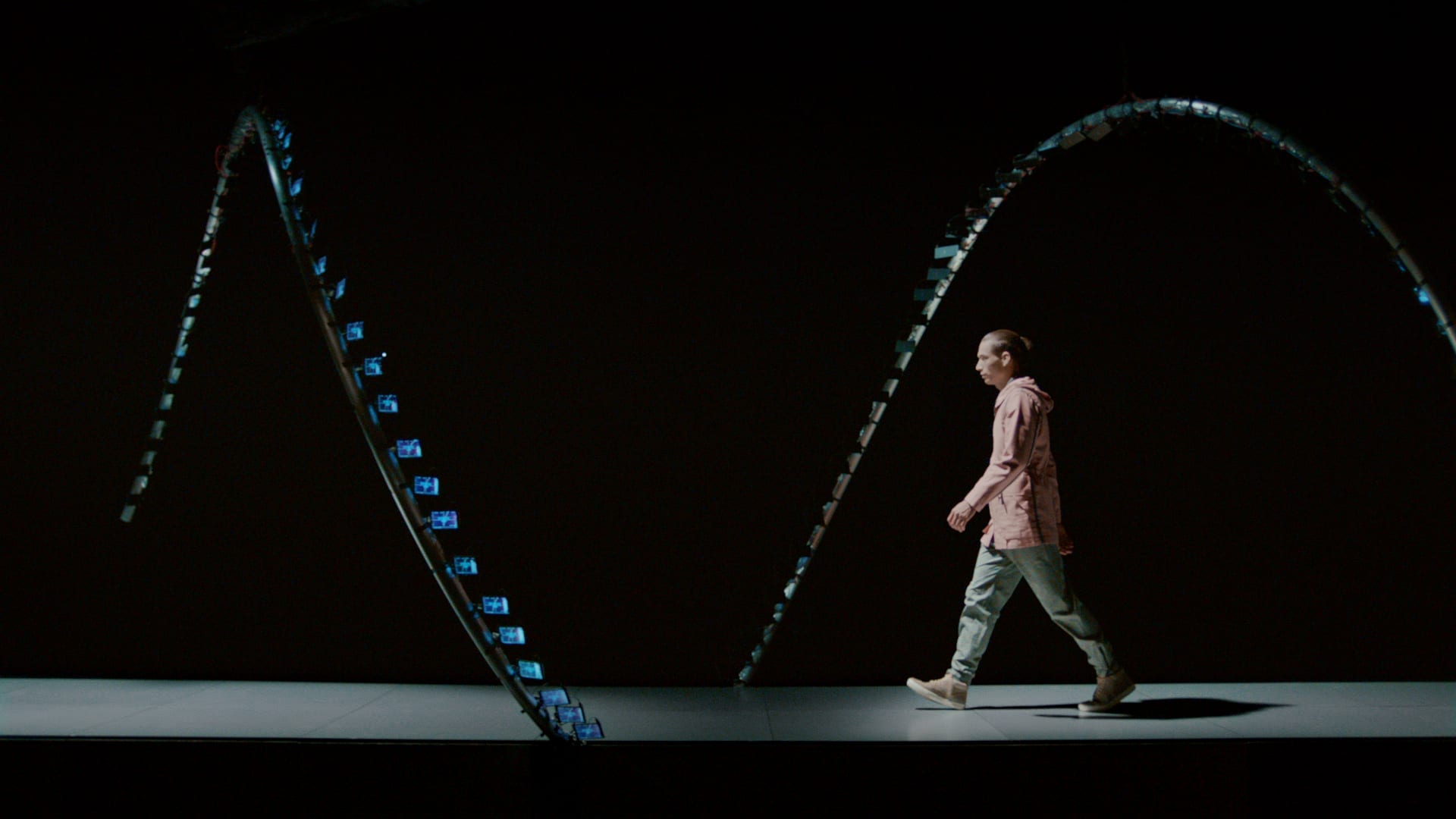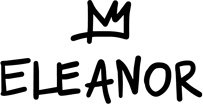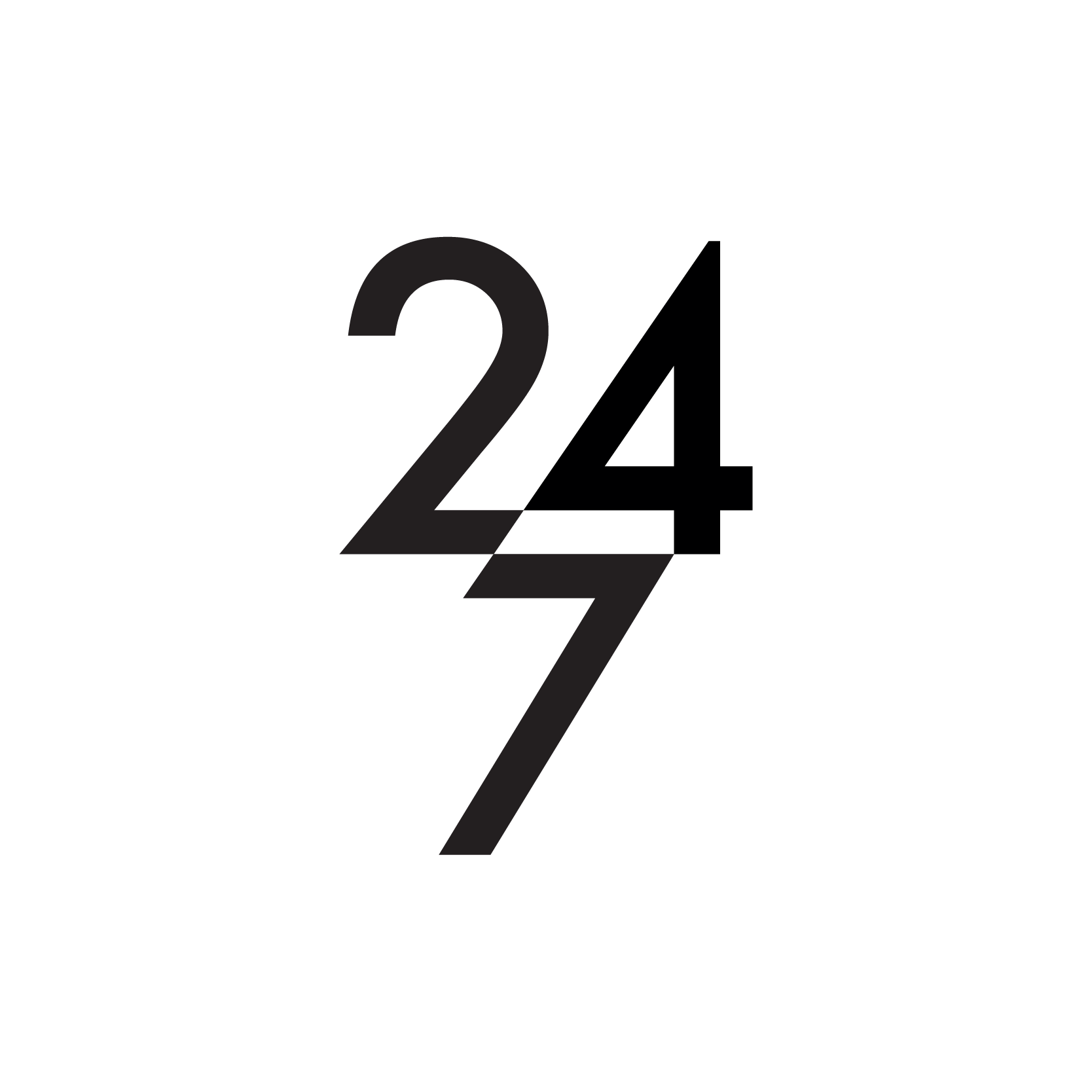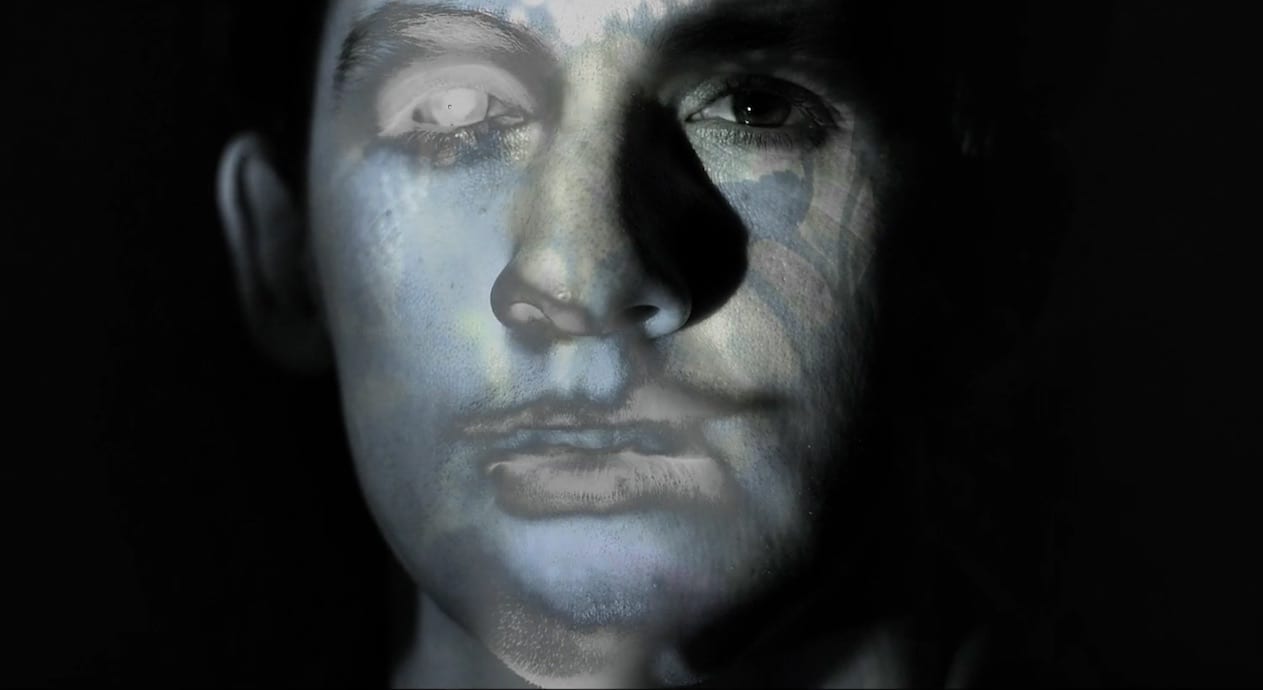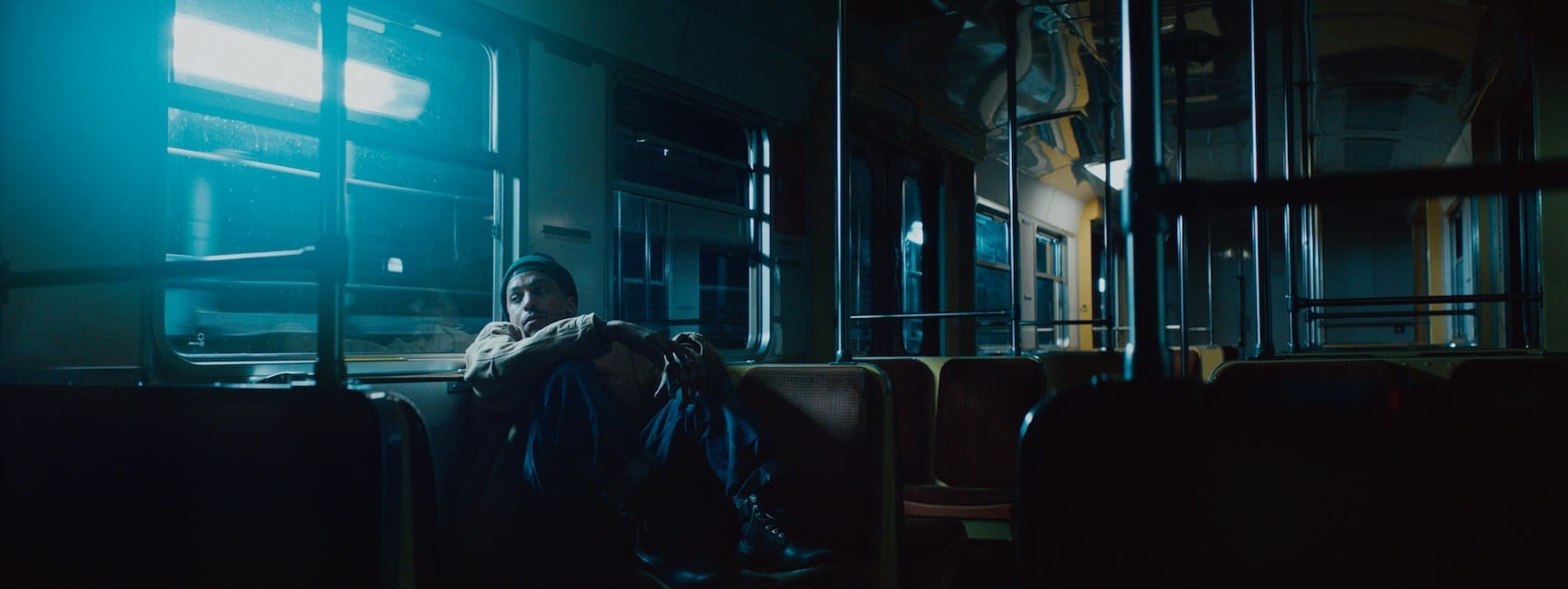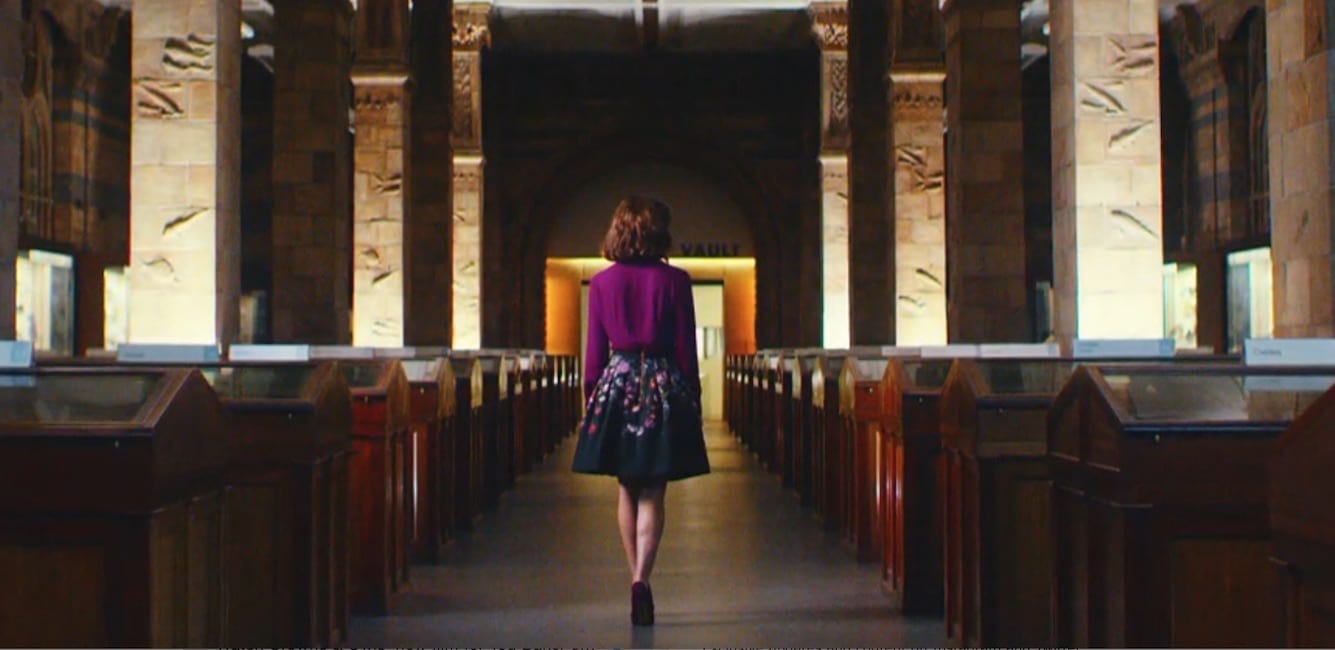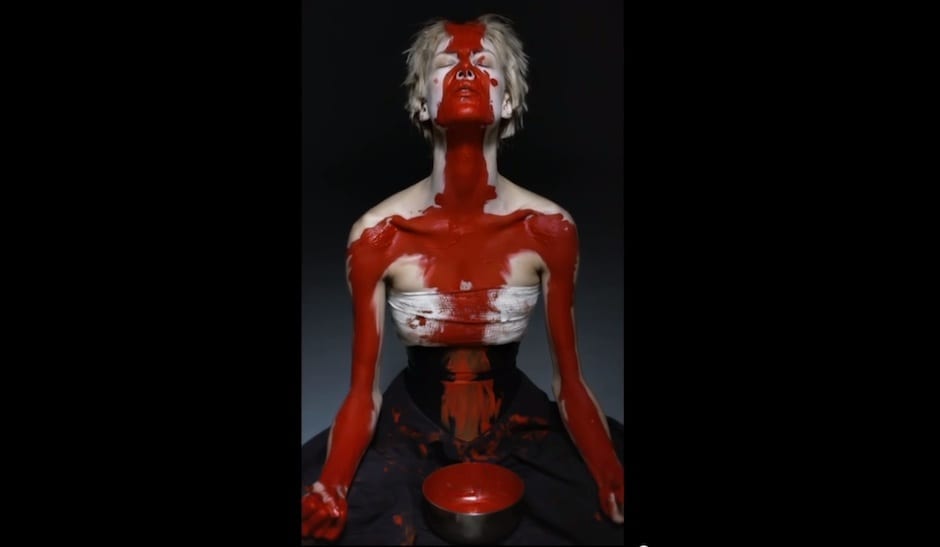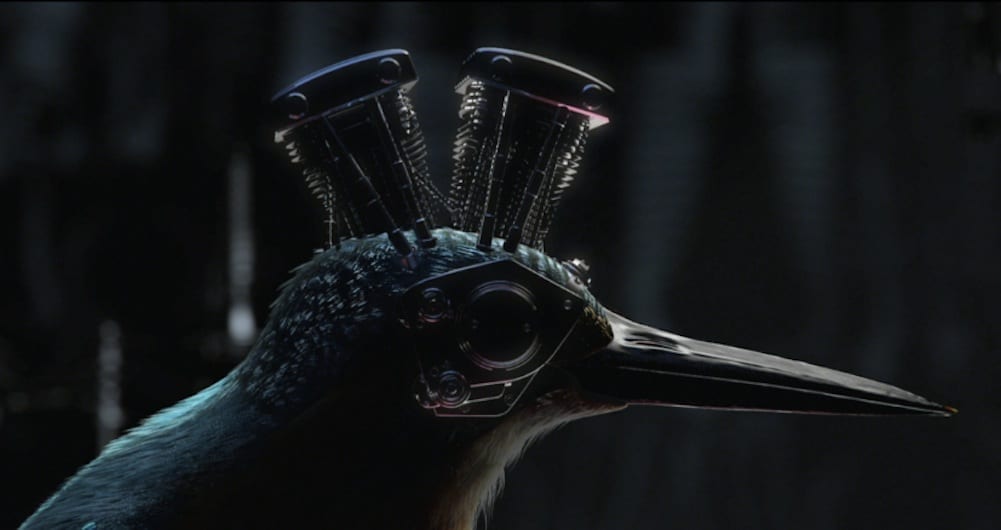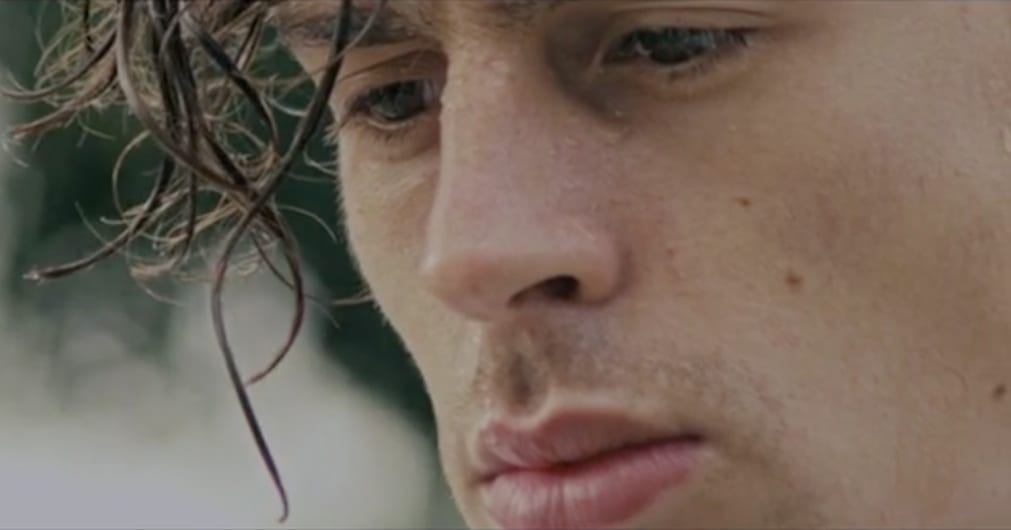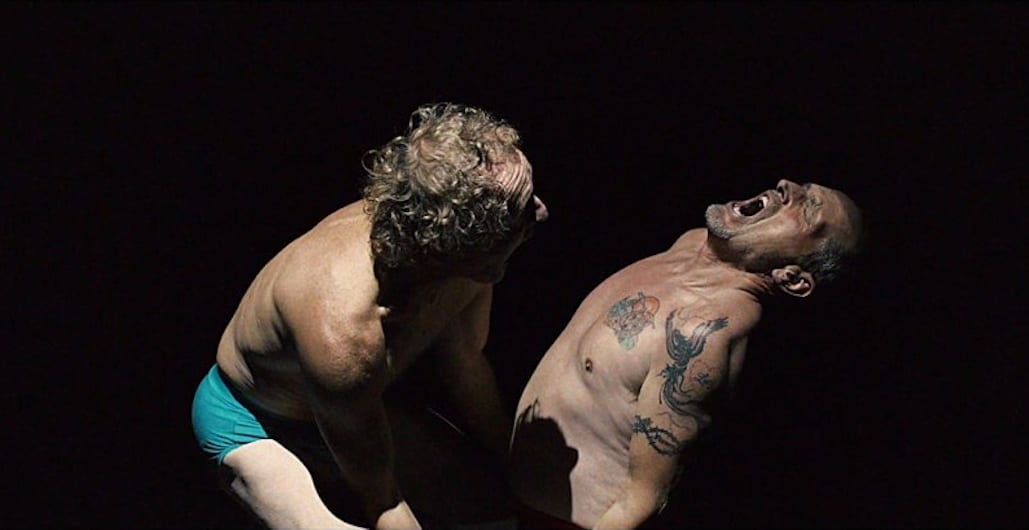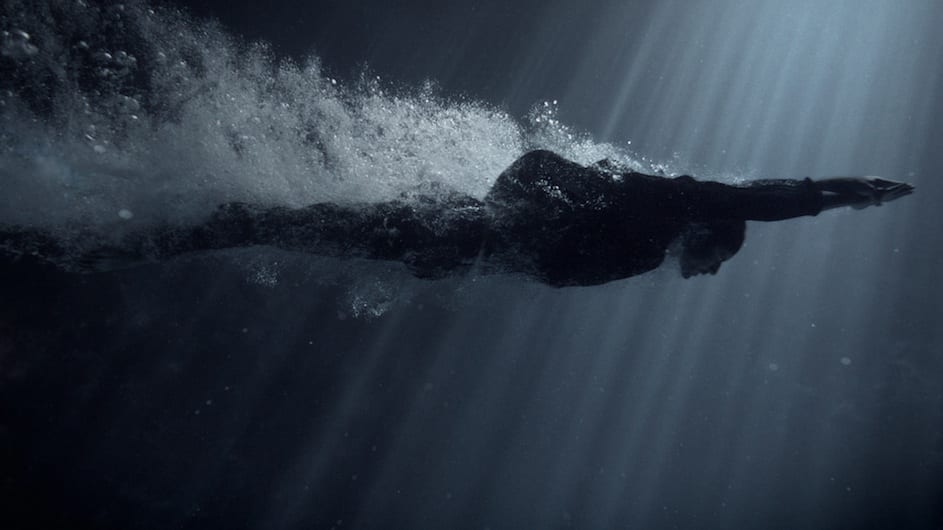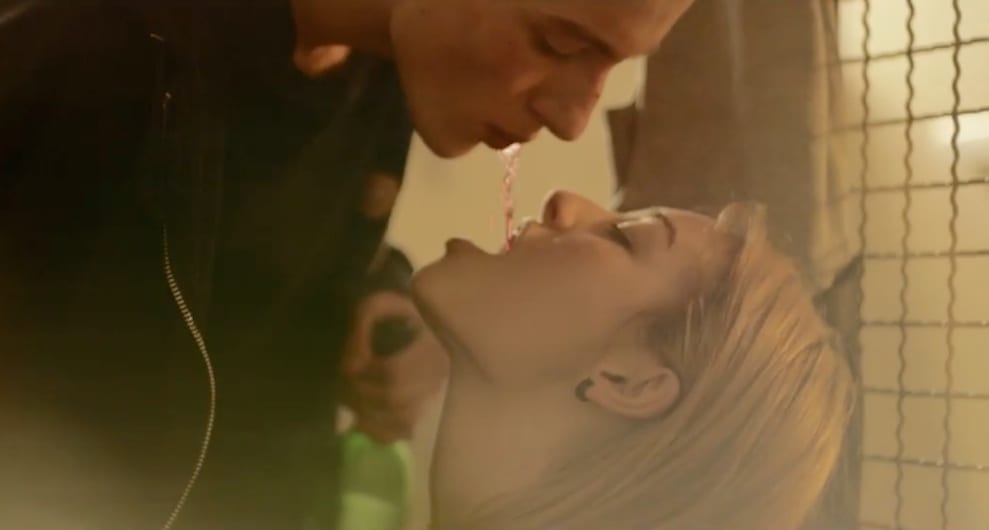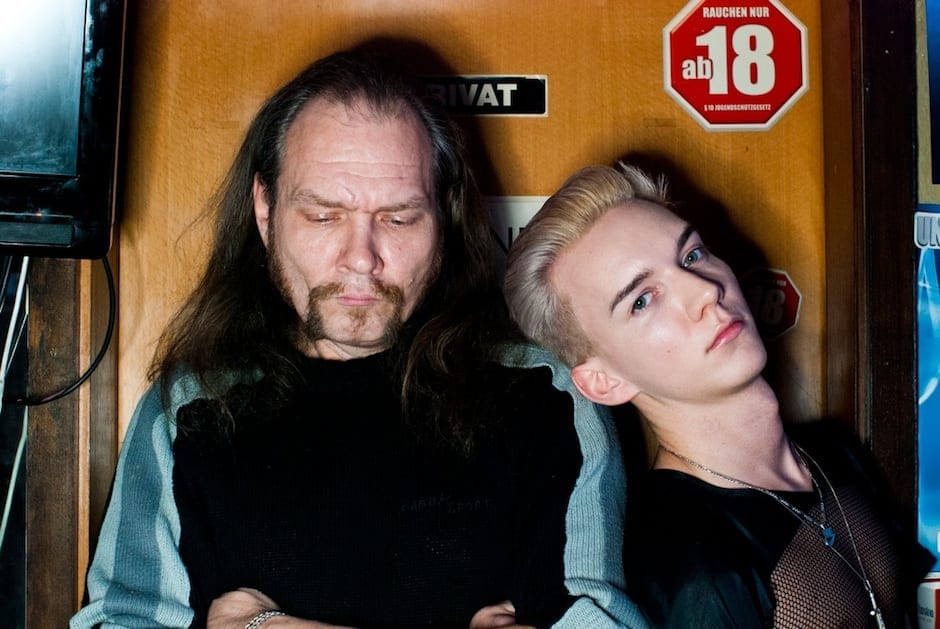You’re increasingly being tasked with conceiving the ideas as well as directing / shooting stills. How does this shape your creative process and the well of references you draw from to create your ideas?
I always really enjoy the process and opportunities of coming up with concepts and ideas, especially when working with brands. I like to choose an approach or push a concept that is unexpected of what you might usually see from a particular agency or campaign. At the same time I put in alot of consideration to the existing brands audience and voice whilst aiming to help them attract a new audience which was the case with the Sony project.
It’s also a great process to collaborate with the agency on ideas which I feel can give the opportunity to try a new approach and at times pushing them a little out of their comfort zone. I have a continuously growing archive of images, films, sounds and weirdness that aren’t collected with a specific project in mind but definitely help push me towards an interesting place creatively that can then be explored within film, photography or even film installation work.
This project for Sony saw you juggle both film and stills shoots simultaneously right? How did that work?
I consider myself very fortunate to be able to switch between film and photography as some ideas work better as film and others as single images. With the Sony project it was a great chance to work with both mediums and see how they would sit together within a 90s film.
It was very much a process of breaking up our time and being very regimented with each process, so when the film scenes were being shot it was very much a film studio scenario with the usual roll call, but then shooting the photography element was really interesting as we kind of kept that balance and structure of the previous filming day. We essentially had to treat the 100 Xperia Z’s as one big camera, that included tricking all 100 phones into focusing on the same spot and force exposing the light.
It was a little strange at first, because when I’m shooting stills its just me, a set designer and a few others holding our breaths waiting for whatever’s in front of the camera to materialise on the screen, in this case there was all 53 of the film crew all holding our breaths, waiting for those 100 green lights to appear on the laptop to show that the bullet time had triggered correctly and the images were safe.
The scale of your projects seems to grow in scope each time – from the first macro moments in your Nowness film to this latest tech-meets-fashion monster! What has the learning curve been like and how do you grow your team without compromising on quality of concept or execution?
The curve has been steep and I’ve learned a great deal from each film. I think because I have to be part of the pre-production process on a deeper level with the way that I choose to work and the in-camera techniques I like to bring, I get to see the film grow from the outside and understand it better. This then helps me select the right team for the project or specific challenges ahead. I’m also very lucky to be able to count some good friends within film as some of most talented and up-coming DoPs, editors, gaffers, producers, set designers, etc. and I definitely like to grow with and challenge them all whilst figuring out who would work well together on each project.
If it’s not too complicated a question to ask just how did you go about rigging 100 smart phones to a spiral around a catwalk and firing them all off at the same moment to create the bullet time effect?
The process was very much a huge collaborative effort with the majority of work being put in until the very early morning hours. It was important to me that we didn’t create a film that is a documentation of an impressive installation but a film that is able to stand on its own and is just as exciting as witnessing the installation first hand.
We worked with Hirsch & Mann who are a very talented bunch of creative technologists. They began hacking the phones three months ago, getting access to the root system, stripping it all back and gaining total control over the Xperia camera system. By the end of the process Daniel and his team had not only given us the opportunity to view a live feed from any phone via a laptop, they had also created a fully working Android app that let us access and simultaneously fire 100 smart phones over a wifi network.
The app also helped control the Sony ‘Cosmic Flow’ that you can see at the end of the film when all the phones screens are sweeping through the colour ways. Dan Betteridge helped us to create a continuous floating spiral steel sculpture that measured 20ft x 11ft, this can only be done in a few places in the UK through a very specific machine. After that Justin Pentecost had to figure out how to continuously power a hundred phones for two days without any wires getting in the way of the aesthetics of the rig. The final step was to find a way of making the clothes burst away whilst all this was happening.
What’s your dream project or client? Or maybe location? (the moon?!)
The next project I’m working on is for a fragrance, which is already a huge honour and is going to be hard to beat. I don’t think you’re far off with suggesting the moon as I’m a big science fiction fan. I would love to do something with Virgin Galactic, especially when space travel starts to become something that’s more attainable by the greater population. Maybe the first Virgin Galactic TVC but I feel I might literally be asking for the moon on a stick.
Do you have any other films in the pipeline that we should be keeping an eye out for?
I currently have a few projects in pre-production for both film and photography but i’m extremely excited that my next project for the fragrance will be my first TV commercial. Then i’m hoping to make time to work on a few personal projects/collaborations that I would like to shoot before the year’s out.
See the Making Of in Related Content
